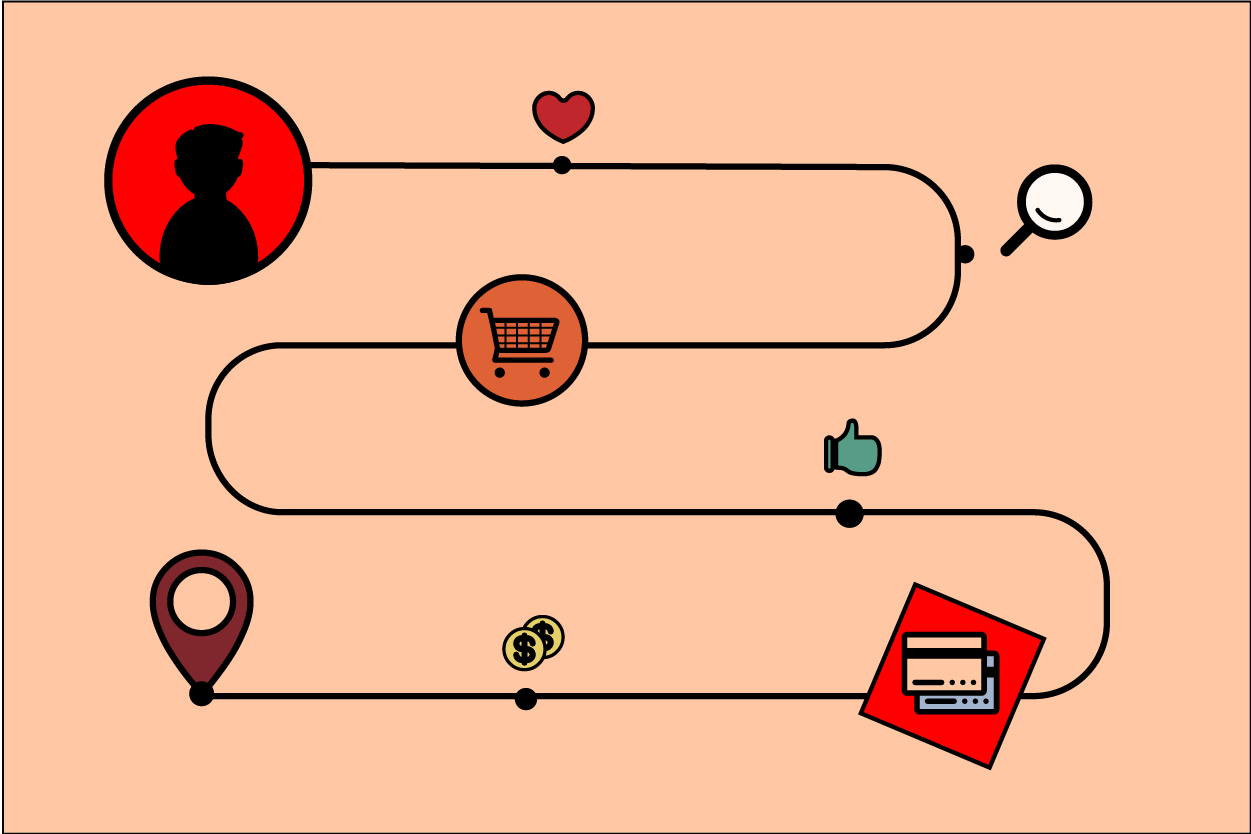Personalizing your marketing at scale can appear intimidating considering the scope. When factoring in how to tailor your content, use data and technology, and engage your audience no matter how large that number gets-it can be tempting to ignore the popular recommendations and keep plodding along with the same old routine.
But the good news is that it doesn’t have to be complicated. Breaking it down into bite-size pieces by targeting your customers, taking advantage of technology, and following up with secure, ethical practices, will ensure your company is delivering personalization at scale.
Target
Target, as in target your audience by gathering the best data. Collecting heaps of data on your customer’s habits and preferences is not always the best approach. This is time consuming and can lead to dead ends. Consider targeting the most effective data, such as personal information in exchange for discounts. If 80% of consumers are willing to share personal info in return for special offers, a customer loyalty program could be a lucrative answer.
Or, target recommendations. According to Industry Arc, the recommendation engine market is projected to reach over $12 billion by 2025. Studies show that 71% of consumers expect a personalized shopping experience. One way to do this is by using a product personalization program.
Using product personalization software allows your organization to make recommendations. It’s all in the programming. Take email. When a customer abandons their cart, a personalized email can be sent with recommendations of similar products. Or, send a follow-up email after a purchase recommending an item which complements their purchase.
Adding product badges is another way to personalize recommendations. If you aren’t familiar with product badges, also known as labels or stickers, they are great tools to grab the attention of your customers while pursuing your website. Think of terms like, “staff pick,” “our faves,” or “top seller.” These labels are quick and easy ways to recommend products.
Technology
Some common obstacles for businesses trying to scale are admitting they are not making personalization a priority, not being aware of what they should be doing, and not having technology that is user-friendly.
The benefits of personalizing your customer’s experience are well-known, but how, exactly, do you execute? Other than using Google Analytics or machine learning algorithms, customer data platforms, known as CDPs, are hard to beat.
Three of the top rated programs, according to a G2 review, are Insider, Klaviyo, and Bloomreach. The benefit of using a CDP is it can collect, organize, store, and provide accessible data from multiple sources such as websites, social media and email, in an easy to use program.
To explore a list of highly rated customer data platforms, check out this report from Gartner Peer Insights. It covers an extensive list of ratings and reviews of top performers.
Another option is a data warehouse. Google offers Big Query, described as, “a serverless and cost-effective enterprise data warehouse that works across clouds and scales with your data.” Big Query is one of many data warehouse platforms that work much the same as a CDP but claim to be more cost effective.
Ethics, Safety and Privacy
If 17% of consumers aren’t willing to share their data and over half are concerned about privacy, what can you do to alleviate their concerns? First, be certain your business is following the 5 principles of data ethics which include taking ownership, being transparent, providing privacy, being intentional, and monitoring outcomes.
When taking ownership of another’s personal information, you must be certain permission was granted. Being transparent means you are up front about how you intend to use the data. It is your responsibility to keep that data safe, so be positive you are storing data in a secure location. As long as your intentions for collecting the data are good, you are within your rights to collect it. Finally, by considering outcomes ahead of time, it is possible to prevent disparate impact which is unlawful and causes unintentional harm to groups of people.
According to IBM, the average cost of a data breach in 2023 was 4.45 million. When it comes to safety and privacy, explore the Federal Trade Commission's recommendations to be certain that your company is not overlooking any important steps.
Personalization at scale can be accomplished in small steps by gathering valuable data, making sure it is accessible, and ensuring its safety.



